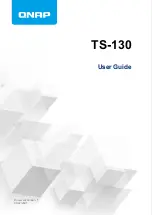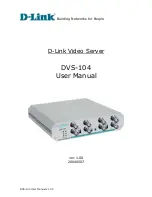
Installing System Options 4-13
When adding a SCSI device such as the CD drive in the above example, follow these
guidelines:
•
You must use the end connector of the SCSI cable to reach the outer storage bay.
(Remove the end of the SCSI cable from the hard disk.)
•
Drives using a daisy-chained connector must not have their terminator enabled.
(Disable the terminator on the hard disk, and plug the unused daisy-chained connector
into the hard disk.)
•
The last drive gets the SCSI cable end connector. (If a SCSI device is mounted in the
outer bay, lower position, the end of the SCSI cable must be plugged into that device.)
•
Last drive must supply the terminator. (Enable the SCSI device's terminator.)
To add or remove the termination of a drive, refer to the appropriate drive manual.
Termination methods can vary by option and manufacturer. For example, you may need
to add or remove a terminator resistor pack on some types of drives or move a jumper or
switch on other types.
External SCSI Termination
Like the internal SCSI bus, the external end of the SCSI bus must also be terminated.
When no SCSI cable is plugged into the socket, the SCSI bus is automatically terminated
on the motherboard. However, when an external SCSI cable is present, the automatic
external termination is disabled. The external SCSI and the last external SCSI device must
be properly terminated.
Cable Layout
Figure 4-7 though 4-9 illustrate the storage system cabling within the system box. Table
4-3 though 4-5 list the cable components.
















































